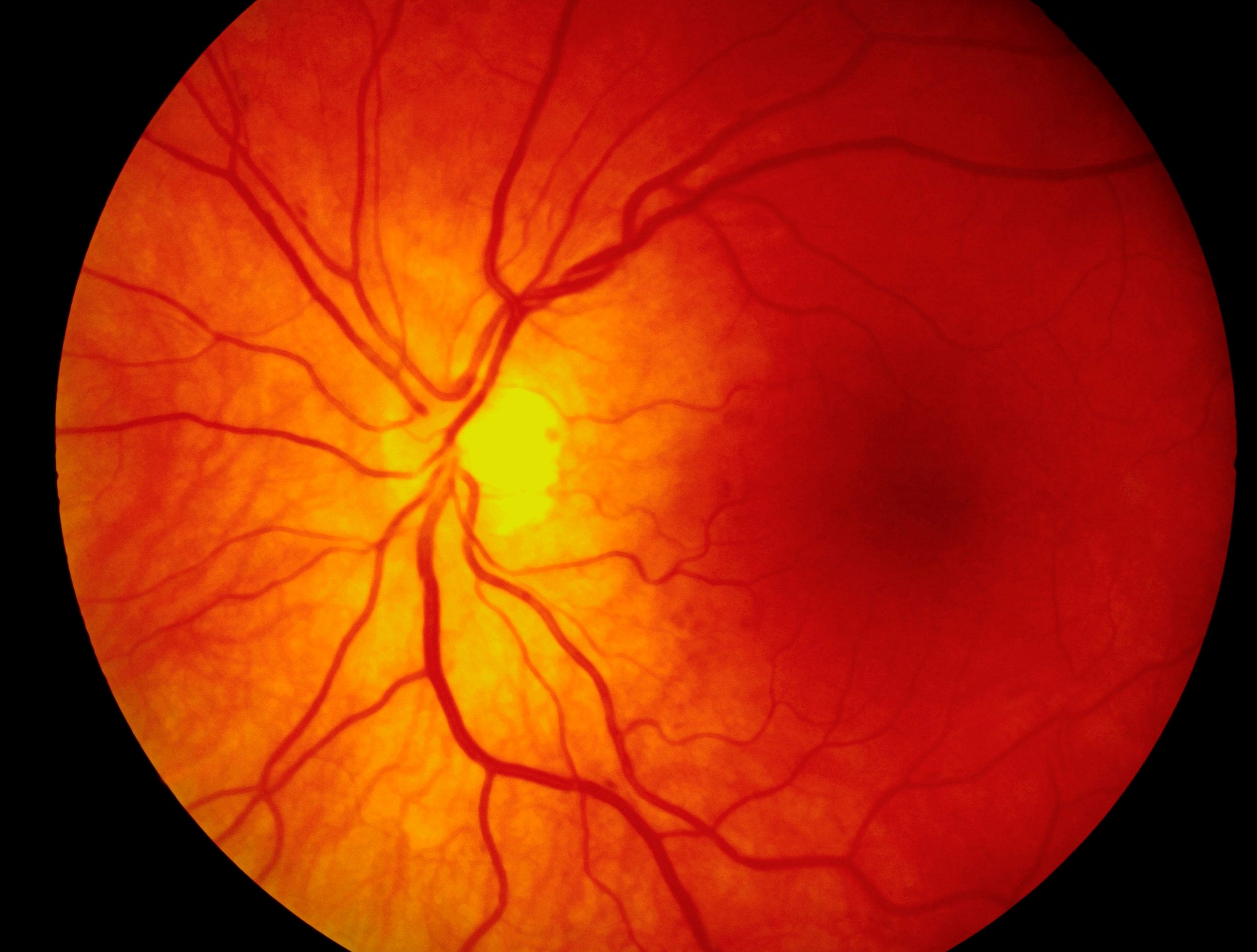
What is the fundus oculi test?
Fundus oculi examination: this is a diagnostic test used to study the posterior part of the eyeball. In particular, the test covers the entire vitreous cavity including the vitreous body, the optic nerve head, the central retina (macula) and the peripheral retina
What is the fundus oculi test for?
This test can detect the presence of retinal and optic nerve diseases, the most common of which are diabetic retinopathy, age-related macular degeneration and retinal detachment.
It can also highlight the influence of other diseases, such as brain tumours.
Which patients can undergo fundus testing?
All patients can undergo this test.
Patients who are allergic to particular eye drops with high blood pressure or who have heart disease should inform their doctor of their condition so that appropriate eye drops can be used.
Is the fundus oculi test painful or dangerous?
The test is not painful.
The patient will experience a feeling of discomfort during the exploration (marked sensitivity to light).
After the exploration he will be dazzled by the dilation of the pupil for about 3 hours.
How does the fundus oculi test work?
The patient will be asked by the doctor to move his or her gaze to various positions so that the entire posterior segment of the eye can be explored using specialised optical instruments, such as the ophthalmoscope.
Sometimes the exploration is performed by means of fundus photography, the procedure is the same and the image acquisition can also be performed in that case by a technician or orthoptist.
Read Also
Emergency Live Even More…Live: Download The New Free App Of Your Newspaper For IOS And Android
Retinal Detachment: Symptoms And Causes
Electroretinogram: What It Is And When It Is Needed
Symptoms, Causes And Treatment Of Dacryocystitis
Symptoms And Treatment Of Retinitis Pigmentosa
What Is Retinal Fluorangiography And What Are The Risks?
Red Eyes: What Can Be The Causes Of Conjunctival Hyperemia?
Autoimmune Diseases: The Sand In The Eyes Of Sjögren’s Syndrome
How To Prevent Dry Eyes During Winter: Tips
Corneal Abrasions And Foreign Bodies In The Eye: What To Do? Diagnosis And Treatment
Corneal Keratoconus, Corneal Cross-Linking UVA Treatment
Myopia: What It Is And How To Treat It
Presbyopia: What Are The Symptoms And How To Correct It
Nearsightedness: What It Myopia And How To Correct It
Blepharoptosis: Getting To Know Eyelid Drooping
Lazy Eye: How To Recognise And Treat Amblyopia?
What Is Presbyopia And When Does It Occur?
Presbyopia: An Age-Related Visual Disorder
Blepharoptosis: Getting To Know Eyelid Drooping
Rare Diseases: Von Hippel-Lindau Syndrome
Rare Diseases: Septo-Optic Dysplasia
Diseases Of The Cornea: Keratitis
Inflammations Of The Eye: Uveitis
Oncology, An Overview Of Orbital Tumours



